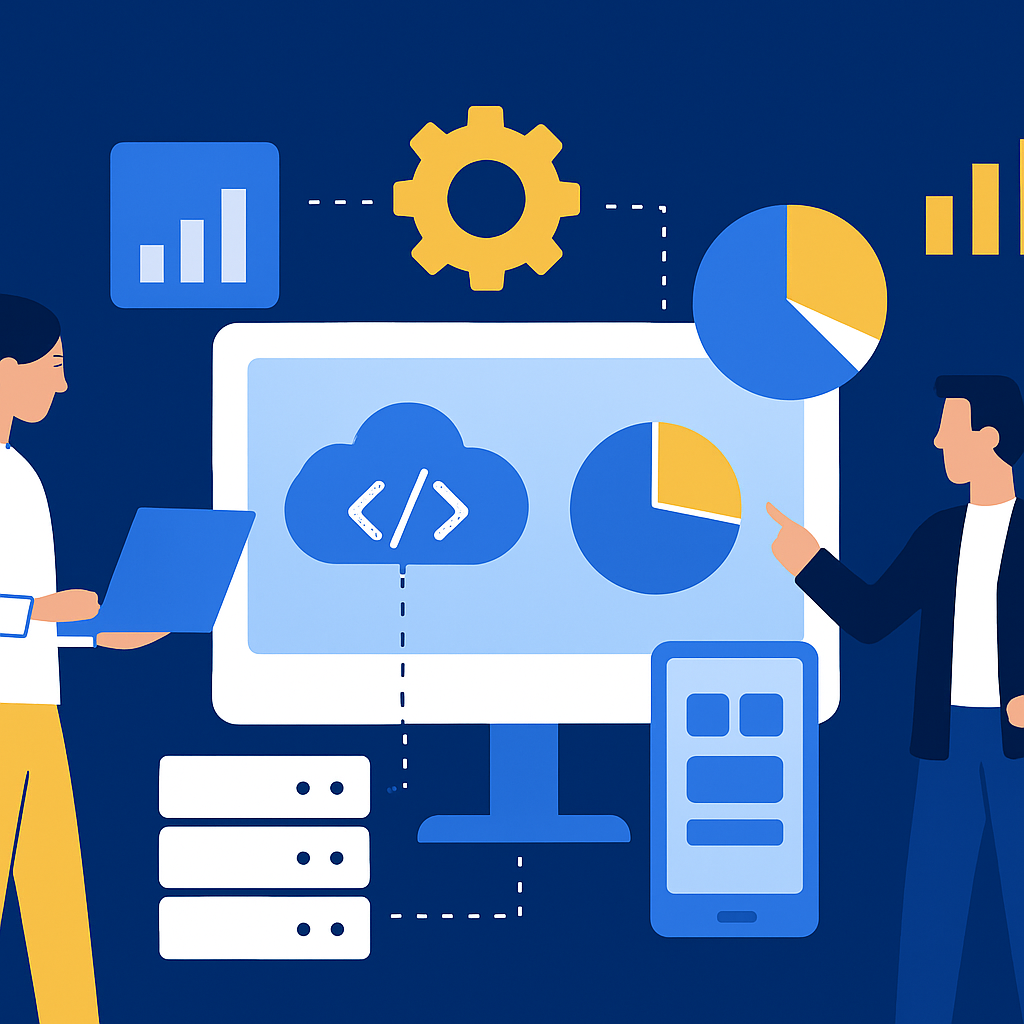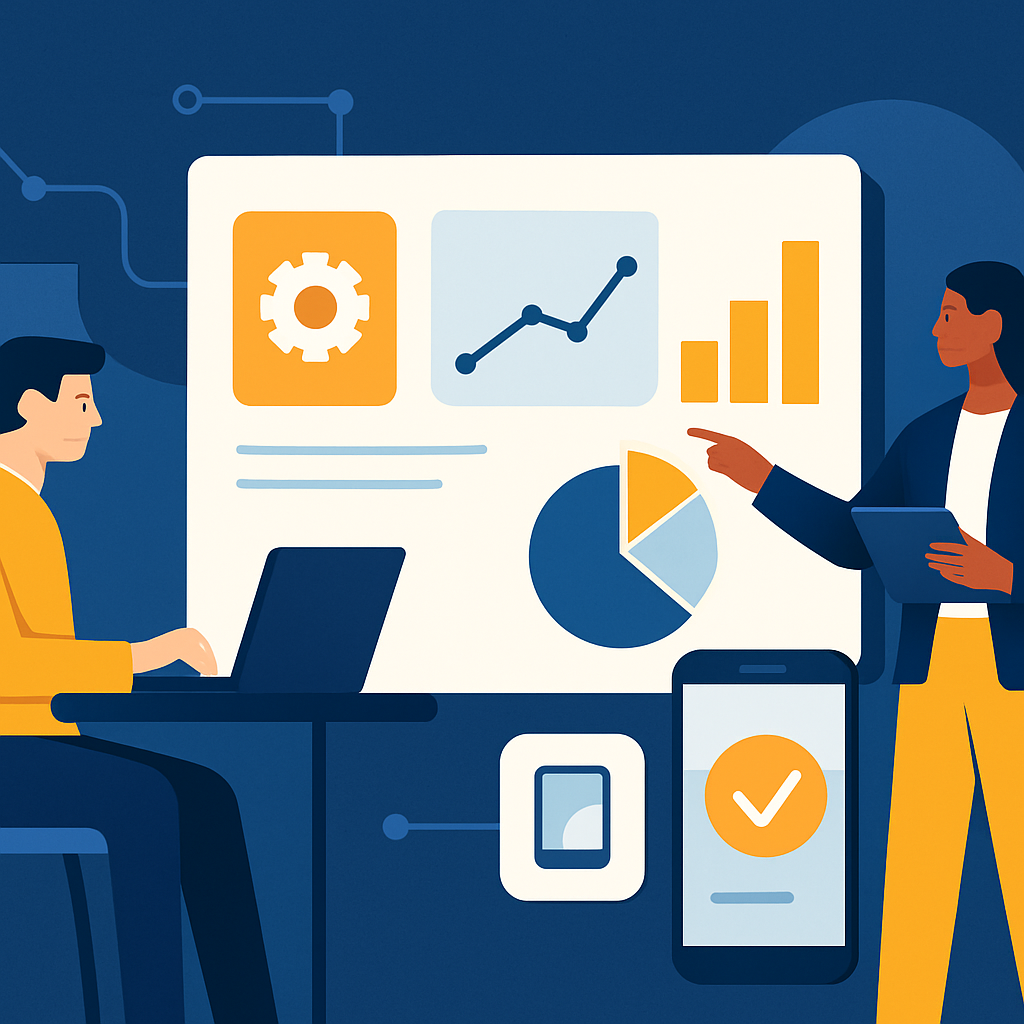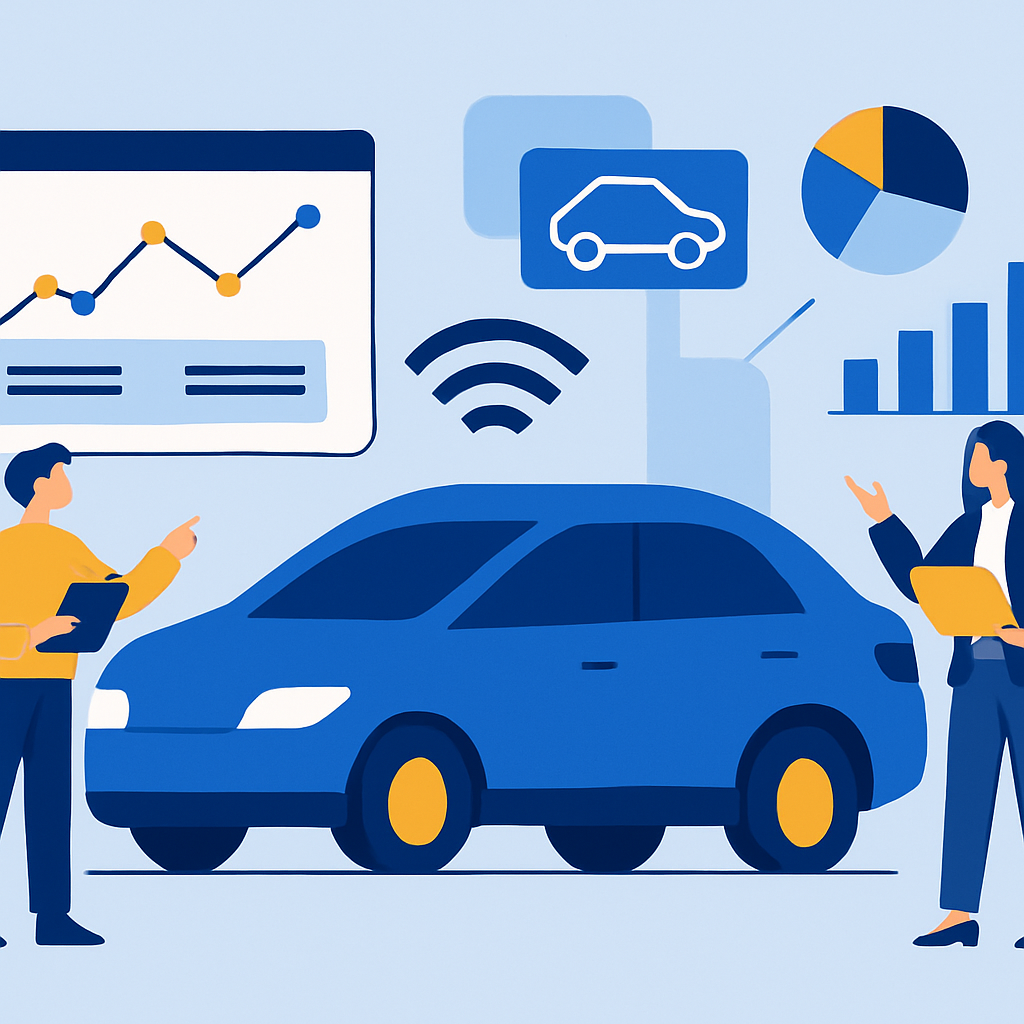
Introduction
The field of artificial intelligence is evolving at an unprecedented pace, and one of the most exciting developments comes from large language models (LLMs). Traditionally valued for their prowess in text generation and linguistic tasks, these models are now demonstrating a capacity to see and hear without any additional specialized training. This breakthrough not only challenges long-held assumptions about domain-specific learning but also paves the way for innovative applications across various industries.
Understanding the New Frontier: LLMs Beyond Text
The Traditional Role of LLMs
LLMs such as GPT-4 have been primarily used for generating human-like text through extensive training on vast amounts of data. Their capabilities in natural language processing have transformed industries ranging from customer service to content creation.
The Unexpected Multimodal Capabilities
Recent advancements have brought attention to an intriguing phenomenon: LLMs exhibit a form of emergent multimodal understanding. Without undergoing explicitly tailored training on images or audio, these systems have managed to interpret visual contexts and even provide basic auditory insights. While they might not yet match the specialized performance of dedicated computer vision or audio-processing models, this ability indicates an underlying flexibility in deep learning architectures.
The Technology Behind Untrained Multimodal Insights
Emergent Behaviors in Deep Neural Networks
This breakthrough stems largely from seminal trends in machine learning research, where emergent behaviors have been observed in large-scale networks. As these models are exposed to gigantic datasets, certain transferable representations are discovered. They capture abstract patterns that allow the model to generalize across different types of data, including visual and auditory information.
How LLMs Leverage Context Across Modalities
One explanation for this phenomenon lies in the concept of contextual learning. Even when explicitly trained for text, the sheer size and diversity of the training corpus often include descriptions of images, audio, and related sensory inputs. This rich contextual backdrop enables LLMs to infer connections between words and sensory experiences. For example, textual descriptions in stories can evoke vivid visuals or sounds, leading the model to intuitively map out sensory cues.
Statistical Insights and Research Findings
- Transfer Learning Efficiency: Studies have shown that models can transfer knowledge from one domain (language) to another (vision or audio) with minimal additional tuning.
- Performance Metrics: Preliminary benchmarks indicate that while performance is not on-par with state-of-the-art vision or audio models, the gap is narrowing as models scale and diversify in learning.
- Theoretical Models: Researchers propose that the underlying mechanisms of high-dimensional embeddings play a crucial role in this cross-modal adaptability.
Real-World Implications for the Technology Industry
Enhancing Business Intelligence
In the business landscape, the ability to seamlessly integrate multimodal data processing into a single framework can dramatically enhance decision-making. Imagine a system that not only interprets written reports but also correlates these insights with sales graphs, customer feedback videos, or even sound clips from customer service calls. The convergence of these data streams can help businesses to:
- Improve predictive analytics by incorporating a holistic view of consumer sentiment.
- Streamline analytics workflows, reducing the need for multiple specialized tools.
- Drive innovations in personalized marketing efforts by understanding consumer behavior from diverse sources.
Case Studies in Industry Adoption
Several companies are already experimenting with this technology. For instance, an innovative startup in the retail sector integrated LLMs into their customer feedback system. By analyzing customer reviews alongside unstructured video feedback from in-store cameras, they managed to optimize product placements and even adjust store layouts based on visual cues and auditory feedback. Another emerging application is in the field of telemedicine, where chatbots not only interpret patient descriptions but also recognize uploaded images of symptoms, thus expediting diagnosis.
Practical Advice for Businesses
Steps to Leverage LLMs in Multimodal Applications
Businesses looking to be at the forefront of this technological shift should consider the following steps:
- Identify relevant use cases: Map out scenarios where visual or audio insights can complement textual data to improve outcomes.
- Experiment with existing platforms: Many AI platforms are beginning to support multimodal functionalities; these can be used for proof-of-concept projects.
- Invest in cross-disciplinary teams: Collaborate with experts in data science, computer vision, and audio processing to push the boundaries of current applications.
- Monitor advancements: Stay updated on research papers and industry white papers that discuss the latest breakthroughs in deep learning models.
Considerations and Limitations
Despite these fascinating capabilities, businesses must be aware of the current limitations. The untrained vision and audio features of LLMs are still in their early stages, and specialized tasks might require further fine-tuning or integration with dedicated models. Additionally, ethical considerations regarding data privacy and the interpretability of model decisions remain critical areas of focus.
The Future Landscape: A Confluence of Modalities
Opportunities for Further Research
The untrained multimodal capabilities of LLMs open up several avenues for future research. For instance, research can focus on how to optimize these emergent behaviors and integrate them into unified systems that handle complex, real-world tasks more efficiently. Furthermore, exploring how transfer learning can be expanded to other senses beyond vision and hearing holds enormous promise for inventing new types of applications.
Innovations on the Horizon
As this field matures, we can expect to see more hybrid models that combine the strengths of traditional LLMs with specialized vision and audio models. These innovations will likely lead to more robust and context-aware AI systems that can operate seamlessly across multiple data streams, transforming industries such as healthcare, retail, and customer service. Early adopters will not only gain a competitive edge but will also be instrumental in shaping the ethical and technical frameworks that govern the next generation of AI.
Conclusion
In summary, the discovery that LLMs can exhibit capabilities related to vision and hearing without expressly directed training is truly transformative. This unexpected attribute highlights both the vast potential and the inherent adaptability of deep neural networks. While the technology is still evolving and is not yet a substitute for dedicated vision or audio models in highly specialized areas, it offers compelling opportunities, particularly for businesses looking to integrate multimodal data for enhanced insights.
As research continues and the models become even more refined, the fusion of linguistic, visual, and auditory processing will undoubtedly drive innovation across the technology landscape. For businesses and developers alike, staying informed about these developments and experimenting with emerging technologies can unlock new realms of possibility and spur further advancements in AI.


